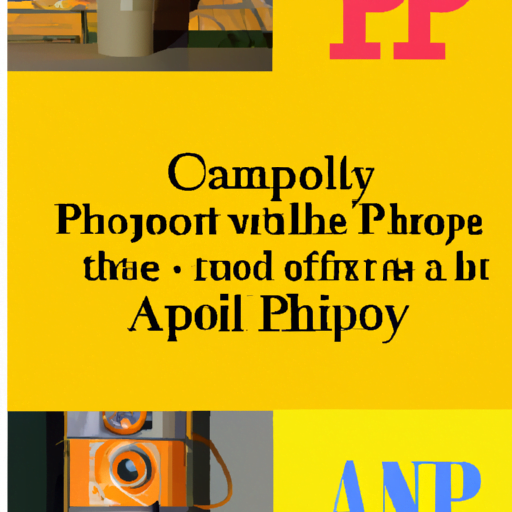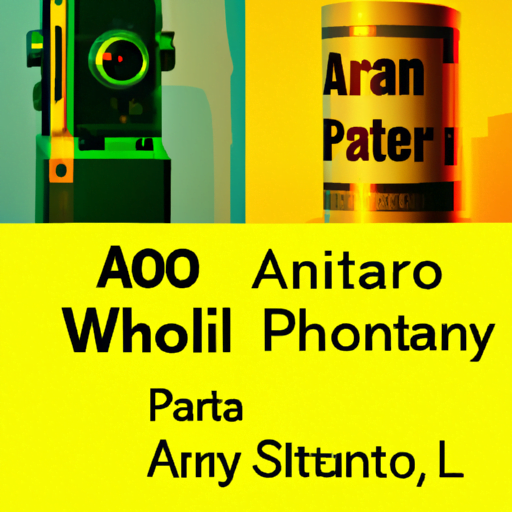
-
Table of Contents
The Role of Typography in Environmental Design

Typography plays a crucial role in environmental design, shaping the way we perceive and interact with our surroundings. From signage and wayfinding systems to environmental graphics and public spaces, typography has the power to communicate information, evoke emotions, and enhance the overall user experience. In this article, we will explore the significance of typography in environmental design and how it can contribute to creating engaging and effective environments.
The Power of Typography in Environmental Design
Typography is more than just selecting a font or arranging letters; it is a powerful tool that can influence our perception and behavior. In environmental design, typography serves several important functions:
- Information Communication: Typography helps convey important information such as directions, warnings, or instructions. Clear and legible typography ensures that messages are easily understood and followed.
- Brand Identity: Typography plays a crucial role in establishing and reinforcing a brand’s identity within a physical space. Consistent use of typography across different touchpoints helps create a cohesive and recognizable brand experience.
- Emotional Connection: Typography can evoke emotions and set the tone for a space. The choice of typeface, letterforms, and layout can create a sense of warmth, professionalism, playfulness, or any other desired atmosphere.
- Wayfinding and Navigation: Typography is essential in guiding people through complex environments. Well-designed signage and wayfinding systems with clear typography help users navigate spaces with ease and confidence.
- Aesthetic Appeal: Typography contributes to the overall visual appeal of a space. Thoughtfully chosen and well-executed typography can enhance the aesthetics and create a visually pleasing environment.
Case Studies: Typography in Environmental Design
Let’s explore some real-world examples of how typography has been effectively used in environmental design:
1. The High Line, New York City
The High Line, an elevated park in New York City, is a prime example of how typography can enhance the user experience in a public space. The park features a consistent typographic system that includes signage, maps, and wayfinding elements. The use of a clean and modern sans-serif typeface creates a sense of contemporary urbanity, while the large letterforms ensure legibility from a distance. The typography seamlessly integrates with the park’s overall design, contributing to a cohesive and visually appealing experience for visitors.
2. The Metro System, Stockholm
The Stockholm Metro system is renowned for its stunning art installations, and typography plays a significant role in these designs. Each station features unique typography that reflects the character of the neighborhood it serves. For example, the typography at the Kungsträdgården station, which is located near a park, incorporates organic and flowing letterforms, creating a connection with nature. This attention to typography adds depth and personality to the overall design of the metro system, making it more than just a means of transportation.
3. The Apple Store, Worldwide
The Apple Store is known for its sleek and minimalist design, and typography is a key element in creating this aesthetic. The use of a clean and simple typeface, such as Apple’s proprietary font San Francisco, contributes to the brand’s identity and reinforces its commitment to simplicity and elegance. The typography is carefully integrated into various touchpoints within the store, including signage, product displays, and digital screens, creating a seamless and immersive brand experience for customers.
Typography Best Practices in Environmental Design
When incorporating typography into environmental design, it is essential to follow certain best practices to ensure effectiveness and legibility:
- Legibility: Choose typefaces that are easy to read, especially from a distance. Avoid overly decorative or complex fonts that may hinder legibility.
- Contrast: Ensure sufficient contrast between the typography and its background to enhance readability. Consider factors such as lighting conditions and viewing angles when determining contrast levels.
- Hierarchy: Use typographic hierarchy to guide users’ attention and prioritize information. Differentiate headings, subheadings, and body text to create a clear visual hierarchy.
- Consistency: Maintain consistency in typography across different touchpoints within a space to create a cohesive and recognizable brand experience.
- Scale and Proportion: Consider the scale and proportion of typography in relation to the surrounding environment. Ensure that the size of the letterforms is appropriate for the viewing distance and the context in which they are placed.
- Accessibility: Pay attention to accessibility guidelines, such as providing alternative formats for visually impaired individuals or using tactile elements for those with limited vision.
Conclusion
Typography plays a vital role in environmental design, shaping our perception, guiding our behavior, and enhancing our overall experience. From conveying information and establishing brand identity to evoking emotions and aiding navigation, typography is a powerful tool that should not be overlooked. By following best practices and considering the specific needs of each environment, designers can create engaging and effective spaces that leave a lasting impression on users.
